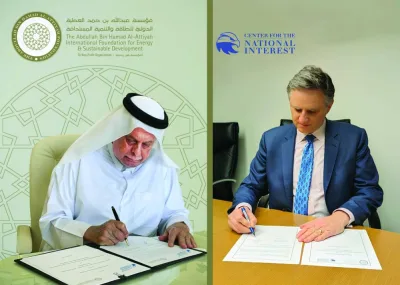Bloomberg
Federal Reserve Bank of San Francisco President John Williams said next June will be the right time to consider when to start raising interest rates, even as inflation is likely to stay below the central bank’s goal.
“June 2015 seems like a reasonable starting point for thinking about when liftoff could happen,” Williams, who votes on policy next year, said yesterday in an interview on Bloomberg Radio with Kathleen Hays and Vonnie Quinn. “It would depend on where the US economy is relative to our goals.”
Chair Janet Yellen said this week that the Fed will be “patient” in considering when to raise interest rates for the first time since 2006 and is unlikely to move before the end of April. Her remarks helped propel the best two-day rally in US stock indexes in three years.
“The introduction of the ‘patient’ word was a natural progression” towards a period when interest rates begin to rise, said Williams, 52.
His views align closely with those of Yellen, his predecessor at the helm of the San Francisco Fed. He served as director of research under Yellen before being named president in March 2011.
Williams never dissented from an FOMC policy statement during eight meetings in 2012, the last time the San Francisco Fed president held a voting seat. He was among the early supporters of open ended-bond purchases by the Fed to boost the economy. The purchase programme ended in October.
Another regional Fed bank president who unlike Williams has been a frequent internal critic of the central bank’s easy-money policies, Richmond’s Jeffrey Lacker, yesterday said he also backs the Fed statement.
“I support the characterisation that we can be patient at this point,” Lacker told reporters yesterday after taking part in a panel discussion in Charlotte, North Carolina. “That characterisation could change from meeting to meeting for me.”
Lacker, who also votes on monetary policy next year, dissented at every FOMC meeting in 2012, when he was last a voter, in favour of a less accommodative policy stance.
The Fed’s ‘patient’ stance replaced a previous commitment to keep the benchmark interest rate near zero for a “considerable time” and is intended to give policy makers more flexibility to respond to the latest economic data.
Williams said he expects consumer spending and wage growth to improve, and he views the drop in oil prices as “a huge windfall for American consumers.” He projects unemployment at about 5.25% by the end of 2015.
The jobless rate was 5.8% in November, the lowest in six years and close to the range of 5.2% to 5.5% that Fed officials consider full employment. Williams said he sees full employment at 5.2%.
The faster-than-expected drop in unemployment has bolstered the views of officials who favour raising rates sooner. At the same time, policy makers urging caution have pointed to an inflation rate that has languished below the Fed’s goal for 30 straight months.
The Fed’s preferred inflation gauge, the personal consumption expenditures price index, rose 1.4% in the year through October. Officials don’t expect to meet their inflation goal until 2016, according to projections released this week.



